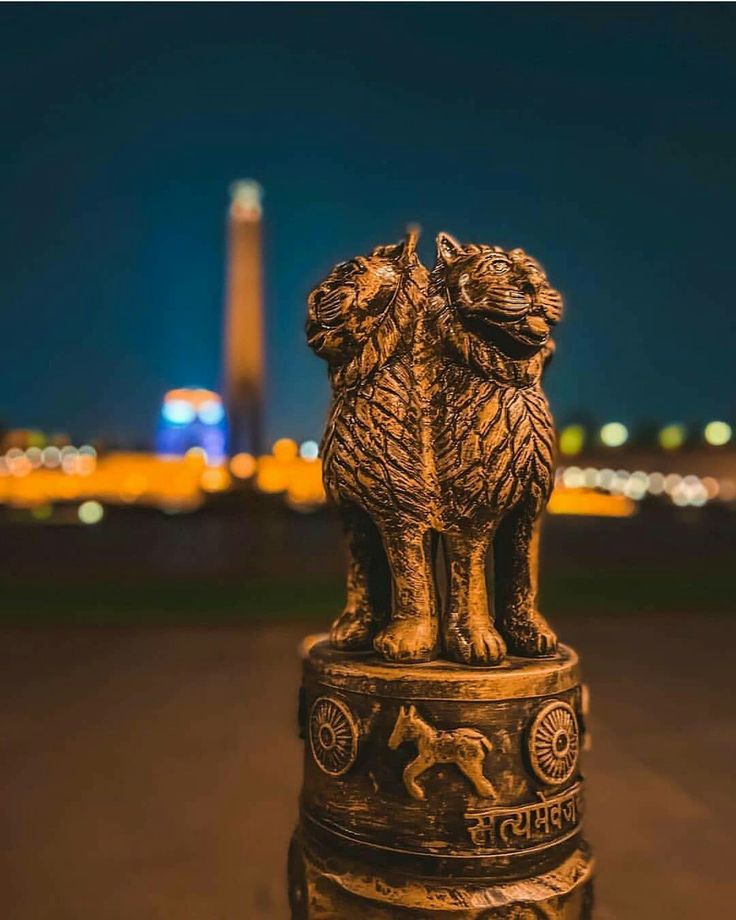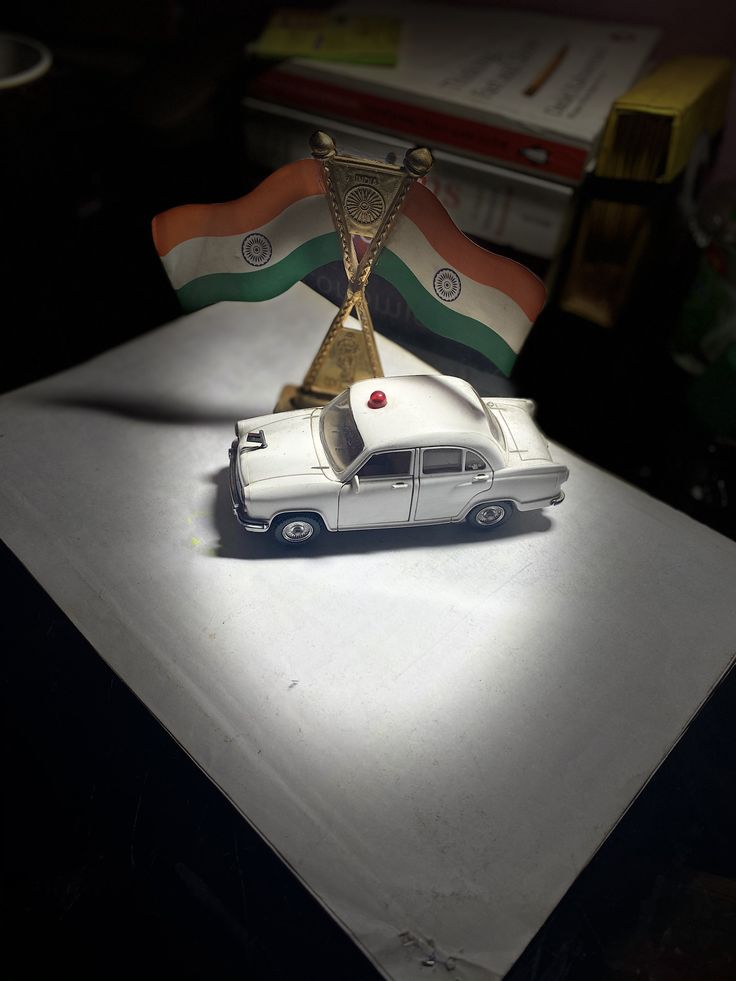
Introduction:
Embark on a riveting exploration of India’s profound history, tracing its roots from ancient civilizations to contemporary challenges. This journey unveils the tapestry of cultural evolution, political transformations, and societal dynamics that have shaped the Indian subcontinent.
Pre Examination
Ancient History:
- Prehistoric period: Paleolithic, Mesolithic, Neolithic, and Chalcolithic cultures: This period covers the earliest phases of human existence, including the Stone Age and the transition to settled agriculture.
- Indus Valley Civilization: An ancient civilization that flourished around the Indus River, known for its advanced urban planning, writing system, and trade networks.
- Vedic period: Divided into Rigvedic and Later Vedic phases, this period is marked by the composition of the Vedas and the expansion of Aryan settlements in the Indian subcontinent.
- Jainism and Buddhism: Philosophical and religious movements that emerged in ancient India, emphasizing non-violence, morality, and enlightenment.
- Mauryan Empire: Founded by Chandragupta Maurya, this was one of the first major empires in ancient India, with Ashoka being a notable ruler known for his edicts promoting moral values.
- Post-Mauryan period: Covers the rule of Sungas and Kanvas, contributing to art and culture in the Indian subcontinent.
- Gupta Empire: A golden age marked by political stability, economic prosperity, and cultural achievements.
- Post-Gupta period: Includes the rule of Harsha Vardhana, a period of political fragmentation, and cultural developments.
- Sangam Age: A period of rich Tamil literature, reflecting the social and economic life of ancient southern India.
- Pallavas, Cholas, and Chalukyas: Southern Indian dynasties known for their contributions to art, architecture, and regional governance.
- Rajputs: A warrior community in medieval India known for their chivalry and contributions to art and culture.
- Sultanate period: The era of Islamic rule in India marked by various dynasties, influencing the socio-political landscape.
- Mughal Empire: A significant empire in Indian history known for its architectural marvels, administrative system, and cultural synthesis.
- Advent of Europeans: The arrival and influence of European powers like the Portuguese, Dutch, French, and British in India.
- Revolt of 1857: A major uprising against British rule, with far-reaching consequences for India’s independence movement.
Medieval History
- Bhakti and Sufi movements: Religious and cultural movements that sought to promote love, devotion, and mysticism, bridging communal divides.
- Maratha Empire: A powerful Hindu empire that emerged in the 17th century, challenging Mughal supremacy.
- Vijayanagara and Bahmani Kingdoms: Southern Indian kingdoms known for their political rivalry and contributions to art and architecture.
- Sikh Empire: A Sikh state in the northwest of the Indian subcontinent, established by Maharaja Ranjit Singh.
- Sufism: A mystical Islamic belief system that had a profound impact on Indian society and culture.
- The arrival of Europeans: European colonial powers and their influence on Indian society and culture
Modern History:
- British rule in India: Examining the political, economic, and administrative policies of the British East India Company and later the British Crown.
- Social and religious reform movements: Movements aimed at addressing social issues and promoting religious and cultural reforms.
- Indian National Movement: Examining the various phases, leaders, and strategies employed in India’s struggle for independence.
- Partition of India: The division of the subcontinent into India and Pakistan in 1947, leading to significant demographic changes and communal tensions.
- Post-independence India: Analyzing the political, economic, and social developments in the country after gaining independence in 1947.
- India’s relations with neighboring countries and major world powers: A study of India’s diplomatic relations with neighboring nations and global powers.
- Challenges faced by India in the 21st century: Assessing contemporary issues and challenges such as economic development, social issues, and geopolitical concerns.

Main Examination:
Ancient History:
- Sources of ancient Indian history:
This topic explores the various sources that historians use to reconstruct and understand the ancient past. These sources include archaeological excavations, inscriptions, literary texts, coins, and foreign accounts. - Indus Valley Civilization: Features, society, economy, and decline:
A more in-depth analysis of the Indus Valley Civilization, focusing on its urban planning, trade practices, social structure, and the speculated reasons for its decline. - Vedic period: Society, economy, and religion:
Examining the social and economic aspects of the Vedic period, along with the religious practices and beliefs that shaped this era. - Mauryan Empire: Chandragupta, Ashoka, and their administration:
A detailed study of the Mauryan Empire, including its political structure under Chandragupta, Ashoka’s rule, and the administrative innovations introduced during this period. - Post-Mauryan period: Sungas, Kanvas, and their contribution to art and culture:
Analyzing the political developments after the Mauryan Empire, focusing on the Sunga and Kanva dynasties and their contributions to art and culture. - Gupta Empire: Political history, administration, society, and economy:
Further exploration of the Gupta Empire, examining its political history, administrative structure, societal aspects, and economic achievements. - Sangam Age: Literature, society, and economy:
A deeper look into the Sangam Age, emphasizing its literary works, social structure, and economic activities in ancient Tamil Nadu. - Pallavas, Cholas, and Chalukyas: Political history, administration, and art and architecture:
A detailed examination of these southern dynasties, focusing on their political history, administrative systems, and contributions to art and architecture. - Advent of Europeans: Portuguese, Dutch, French, and British:
Understanding the interactions, conflicts, and influences of European powers during the colonial period in India
Modern History:
- British rule in India: Political, economic, and administrative policies: ,
A detailed analysis of British colonial policies, including political control, economic exploitation, and administrative structures. - Social and religious reform movements in the 19th and early 20th centuries:
Examining key reform movements, their leaders, and their impact on Indian society, addressing issues such as caste discrimination and women’s rights. - Indian National Movement: Early phase, Gandhian era, and post-independence consolidation:
A comprehensive study of India’s struggle for independence, covering early movements, the Gandhian phase, and the consolidation of the nation after independence. - Partition of India and its aftermath:
Analyzing the events leading to the partition, its impact on communities, and the consequences for the newly formed nations of India and Pakistan. - Post-independence India: Political, economic, and social developments:
A thorough examination of post-independence India, including political challenges, economic policies, and social transformations. - India’s relations with neighboring countries and major world powers:
A detailed study of India’s foreign policy, diplomatic relations, and strategic engagements with neighboring countries and global powers. - Challenges faced by India in the 21st century:
An analysis of contemporary challenges, including economic issues, social disparities, and geopolitical concerns that India faces in the 21st century. - Sultanate period: Political history, administration, society, and economy:
A comprehensive study of the Sultanate period, including political dynamics, administrative structures, societal changes, and economic conditions. - Mughal Empire: Political history, administration, art and architecture, and social and economic conditions: A detailed analysis of the Mughal Empire, covering political events, administrative innovations, artistic achievements, and societal and economic conditions.
- Bhakti and Sufi movements:
Further exploration of the Bhakti and Sufi movements, delving into specific saints, their teachings, and the impact on religious and social life. - Maratha Empire: Political history, administration, and society:
Examining the rise and governance of the Maratha Empire, including political structures and societal aspects. - Sikh Empire: Political history, administration, and society:
A detailed study of the Sikh Empire, including its political evolution, administrative policies, and societal developments. - Rajput and their contributions:
An in-depth look at the Rajputs, exploring their role in medieval Indian history and their contributions to art, culture, and governance. - The arrival of Europeans and their impact on Indian society and culture:
A more nuanced examination of European influences, exploring cultural, economic, and social changes brought about by colonial powers.
Conclusion:
In concluding this historical odyssey, we witness India’s resilience through ages. From the glories of empires to the struggles for independence and the complexities of the present, India’s narrative is a testament to enduring spirit. As we reflect on the past, we gain insights to navigate the challenges of the future, appreciating the profound legacy that continues to shape this vibrant nation.

For Detailed Information ; CLICK HERE
For the 2024 UPSC Calendar; CLICK HERE